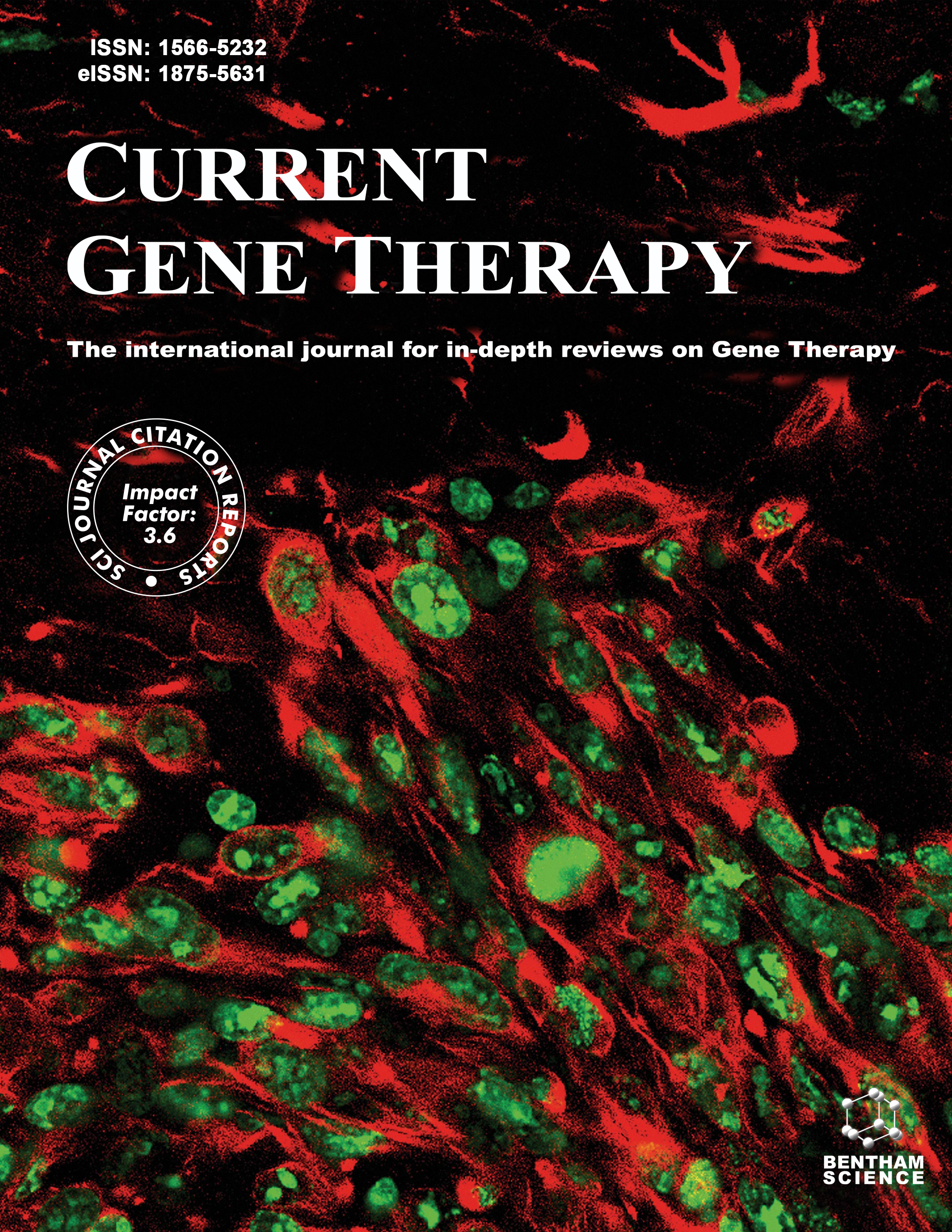
Full text loading...
We use cookies to track usage and preferences.I Understand
Ovarian cancer is associated with a high mortality rate. Oxidative Phosphorylation (OXPHOS) is an active metabolic pathway in cancer; nevertheless, its role in ovarian cancer continues to be ambiguous. Therefore, the objective of this study was to identify the prognostic value of OXPHOS-related genes and the immune landscape in ovarian cancer.
We obtained public ovarian cancer-related datasets from The Cancer Genome Atlas (TCGA) and Gene Expression Omnibus (GEO) databases and recognized OXPHOS-related genes from the GeneCards database and literature. Cox regression analyses were conducted to identify prognostic OXPHOS-related genes and develop a prognostic nomogram based on the OXPHOS score and clinicopathological features of patients. Functional enrichment analyses were employed to identify related processes.
A 12-gene signature was identified to classify the ovarian cancer patients into high- and low-risk groups. The Immunophenoscore (IPS) was higher in the OXPHOS score-high group than in the OXPHOS score-low group, suggesting a better response to immune checkpoint inhibitors. Functional enrichment analyses unveiled that OXPHOS-related genes were considerably abundant in a series of immune processes. The calibration curves of the constructed prognostic nomograms at 1, 2, and 3 years exhibited strong concordance between the anticipated and observed survival probabilities of ovarian cancer patients.
We have constructed a prognostic model containing 12 OXPHOS-related genes and demonstrated its strong predictive value in ovarian cancer patients. OXPHOS has been found to be closely linked to immune infiltration and the reaction to immunotherapy, which may contribute to improving individualized treatment and prognostic evaluation in ovarian cancer.

Article metrics loading...

Full text loading...
References


Data & Media loading...
Supplements

